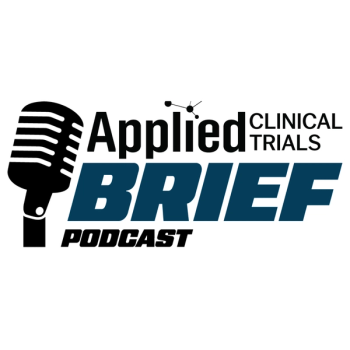
2015 a Year in Review: The Year of Clinical Trial Innovation
The burst of new technology enterprises and innovative service providers that specialize in clinical research is a sign that the clinical research industry is starting to look into new ways to solving problems culminating from an antiquated system.
The clinical trials industry has undergone quite a bit of change in 2015, and may arguably be deemed the year of the ramping of clinical trial innovation. In 2014, biopharmaceutical enterprises and CROs created innovations departments and infrastructures (that operate independently from clinical operations functions) that focus on
Moreover, the burst of new technology enterprises and innovative service providers that specialize in clinical research is a sign that the clinical research industry is starting to look into new ways to solving problems culminating from an antiquated system. This article will evaluate trends and offer future predictions in patient centricity, RBM, emerging fields, and cultural change in the clinical trials industry.
Patient Centricity, Enrollment and Engagement
The meaning of ‘patient centricity’ is honing in on discovering itself.
On the other hand, others believe that patient centricity involves siteless models, where mHealth devices,
On the enrollment front, innovative analytical models are emerging.
On the patient engagement front,
Biopharmaceutical enterprises have also created new roles that involve patient advocacy in order to bridge the gap between patients, payers, researchers, and commercial teams. Some biopharmaceutical enterprises have gone as far as
What Will Come in 2016? We will likely start seeing more implementation and results from patient centric models, particularly around the
RBM, Data Quality and Risk Management
The practice of RBM is becoming mainstream in the biopharmaceutical industry, as many enterprises are executing RBM, however, different companies exhibit and implement different interpretations of RBM. For example, as mentioned earlier,
Other technologies are also contributing towards streamlining data in real-time, mitigating risk, and improving data from where it matters most, at the study site level. To elaborate, data is showing evidence that eSource technology not only
With these advances in RBM come some pitfalls.
What’s in 2016 for RBM? Along with access to aggregated risk datasets, we will probably start seeing more instances and applications of what the risk means systemically and operationally. KPIs/KRIs will likely expand to address operational facets, and the use of technology systems in RBM will generate enough data to start molding predictive models, which can be used to mitigate future risk during trial design. The role of the on-site monitor will continue to change; SDV will start diminishing, and more on-site monitors will be guided by data-savvy centralized monitoring teams.
Emerging Fields
There are several other fields in technology that are starting to emerge. The
Non-Profit Organizations Introducing More Collaborative Initiatives
Non-profit organizations, such as ACRES, TransCelerate and CTTI are spearheading new initiatives that are intertwining study sites, sponsors, and regulators to streamline clinical operations. For example, TransCelerate initiated numerous initiatives including a
What’s Hindering Innovation?
Two words resonate throughout the clinical trials industry: cultural challenge. To elaborate, many on-site monitors seem to be trying to understand the RbM process, and could not imagine clinical trials without SDV. On the other end of the spectrum, innovations leaders run into difficulties with convincing study teams on implementing novel pilots, let alone, some biopharmaceutical enterprises do not have innovations departments, creating significant challenges in evaluating new pilots.
In 2016, we hope to see senior leaders instill a culture that fosters acceptance, change, and challenging the status quo in clinical trials, despite natural hesitations. Once the biopharmaceutical industry overcomes this barrier, clinical operations personnel will not only be able to change the way clinical trials operate, but also amalgamate innovative ideas into strategic approaches towards therapeutic development, such as enhancing regulatory and payer approval through better study design and novel data collection methods.
Newsletter
Stay current in clinical research with Applied Clinical Trials, providing expert insights, regulatory updates, and practical strategies for successful clinical trial design and execution.






.png)



.png)



.png)
.png)
